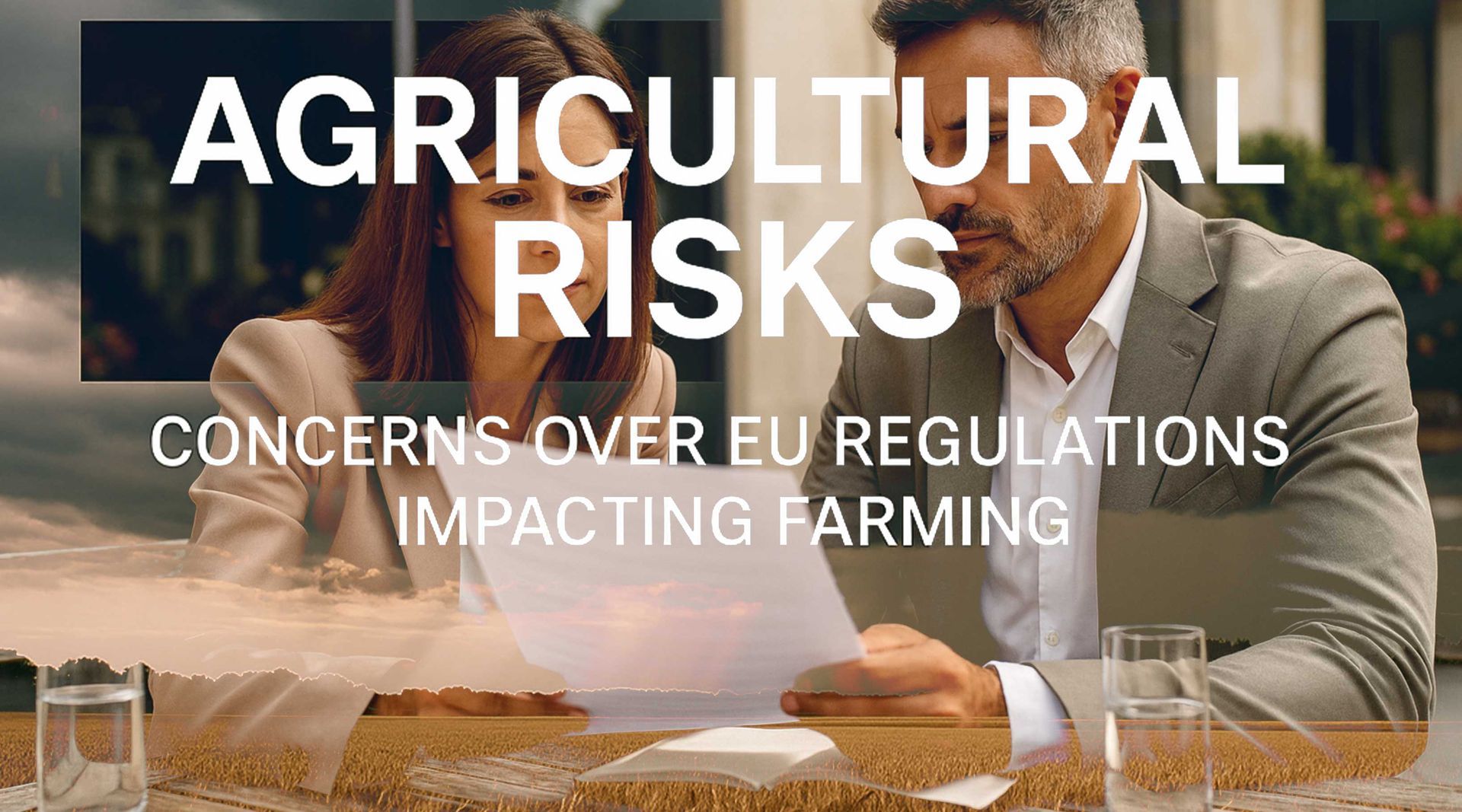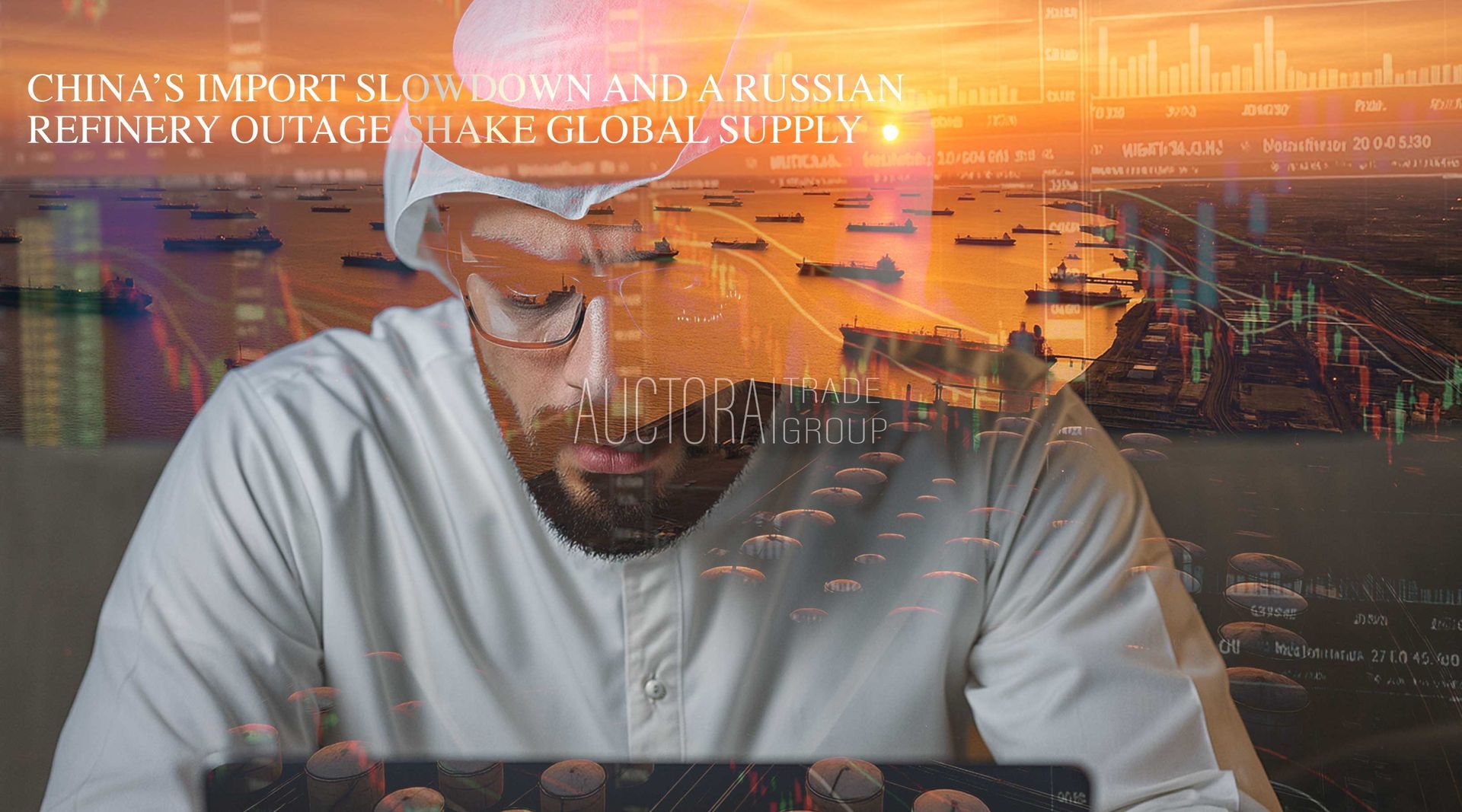EU Deforestation Rules and Agricultural Exports: What Buyers Need to Know
Published in London, 29 August 2025 5:43pm (BST)
The global agricultural commodities market is undergoing a major shift. With the European Union’s new anti-deforestation regulations coming into effect in December 2025, exporters of palm oil, soy, coffee, cocoa, and other key agricultural products will face tighter scrutiny when shipping into Europe.
For buyers, traders, and brokers, this change isn’t just about compliance — it’s about positioning strategically in markets that are already showing signs of disruption. At Auctora Trade Group, we are working closely with our partners to ensure that sourcing strategies adapt quickly to this new regulatory environment.
What’s Changing in Agricultural Commodities?
The EU’s regulation will require proof that agricultural products entering the European market are not linked to deforestation. Countries are being risk-rated as:
- Low Risk (minimal checks on imports)
- Standard Risk (up to 3% of shipments checked)
- High Risk (up to 9% of shipments checked)
At present, Malaysia — one of the largest exporters of palm oil and a key supplier to the Middle East — is classified as “standard risk.” Unless it is reclassified to low risk, a percentage of all shipments into Europe will face additional inspection and certification.

Market Impact and Buyer Reactions
The ripple effects are already being felt across the global supply chain:
- Exporters in Southeast Asia are lobbying hard to lower their risk rating and avoid losing competitiveness.
- European buyers are actively seeking traceable, certified “deforestation-free” commodities to avoid delays and penalties.
- Middle Eastern markets, including the UAE, are positioning as transit hubs and brokerage centres, connecting compliant suppliers with global buyers.
For buyers, this means that reliability and traceability are becoming just as important as price. A supplier who cannot demonstrate compliance may soon be locked out of Europe’s lucrative agricultural markets.
What This Means for Buyers
As consultants, we advise buyers to take three key steps:
- Secure Early Relationships with Compliant Suppliers
Don’t wait until December — start building partnerships with suppliers who can already demonstrate traceability and compliance. Prices for certified, compliant products will rise as demand intensifies. - Diversify Sources Across Regions
Spread risk by sourcing from multiple countries and suppliers. Over-reliance on one origin market could expose buyers to unexpected regulatory bottlenecks. - Use Brokers Who Can Verify Sellers
With fake offers and unverifiable supply still common in agricultural trading, buyers need brokers who can conduct rigorous due diligence. At Auctora Trade Group, we filter through the noise to connect our clients only with credible, refinery-linked and certified sellers.
Auctora Trade Group’s Role
Our value goes beyond connecting buyers and sellers. We:
- Monitor regulatory and market shifts in real time.
- Conduct thorough due diligence on sellers and mandates.
- Connect buyers to strategic networks across the UAE, Europe, Africa, and Asia.
- Provide consultancy that aligns procurement strategies with compliance requirements.
For agricultural commodities in particular, we are helping clients identify suppliers who can meet the EU’s deforestation-free standards. This not only reduces risk but positions buyers ahead of the competition.
The Bigger Picture
The new EU rules highlight a broader trend in commodities trading: compliance and sustainability are no longer optional. Buyers who adapt early will secure stronger positions, while those who hesitate may find themselves locked out of major markets.
For us at Auctora Trade Group, the message is clear:
- Trust is everything.
- Compliance is non-negotiable.
- Performance must be proven.
This is what serious buyers demand — and it is exactly what we deliver.














